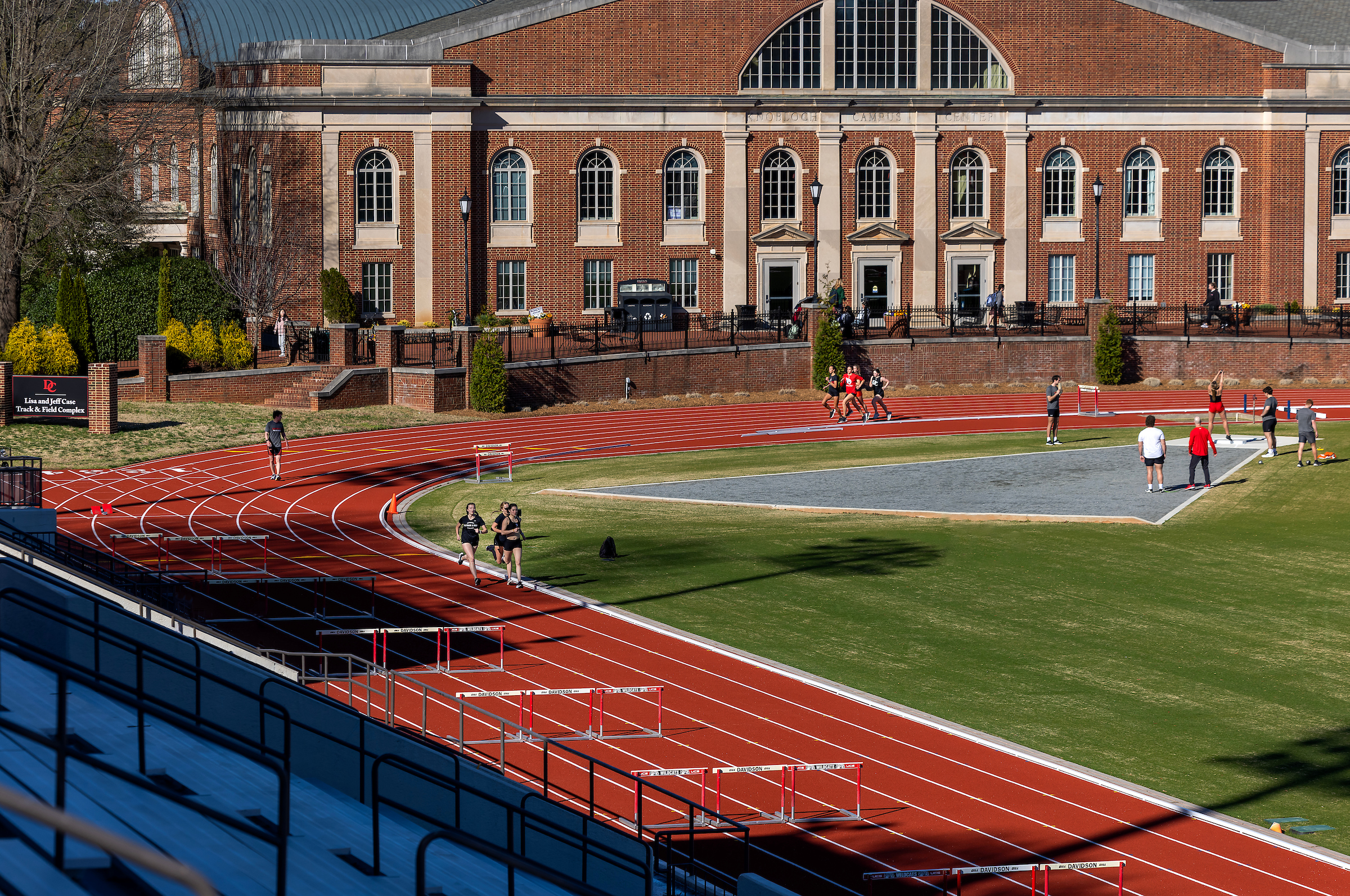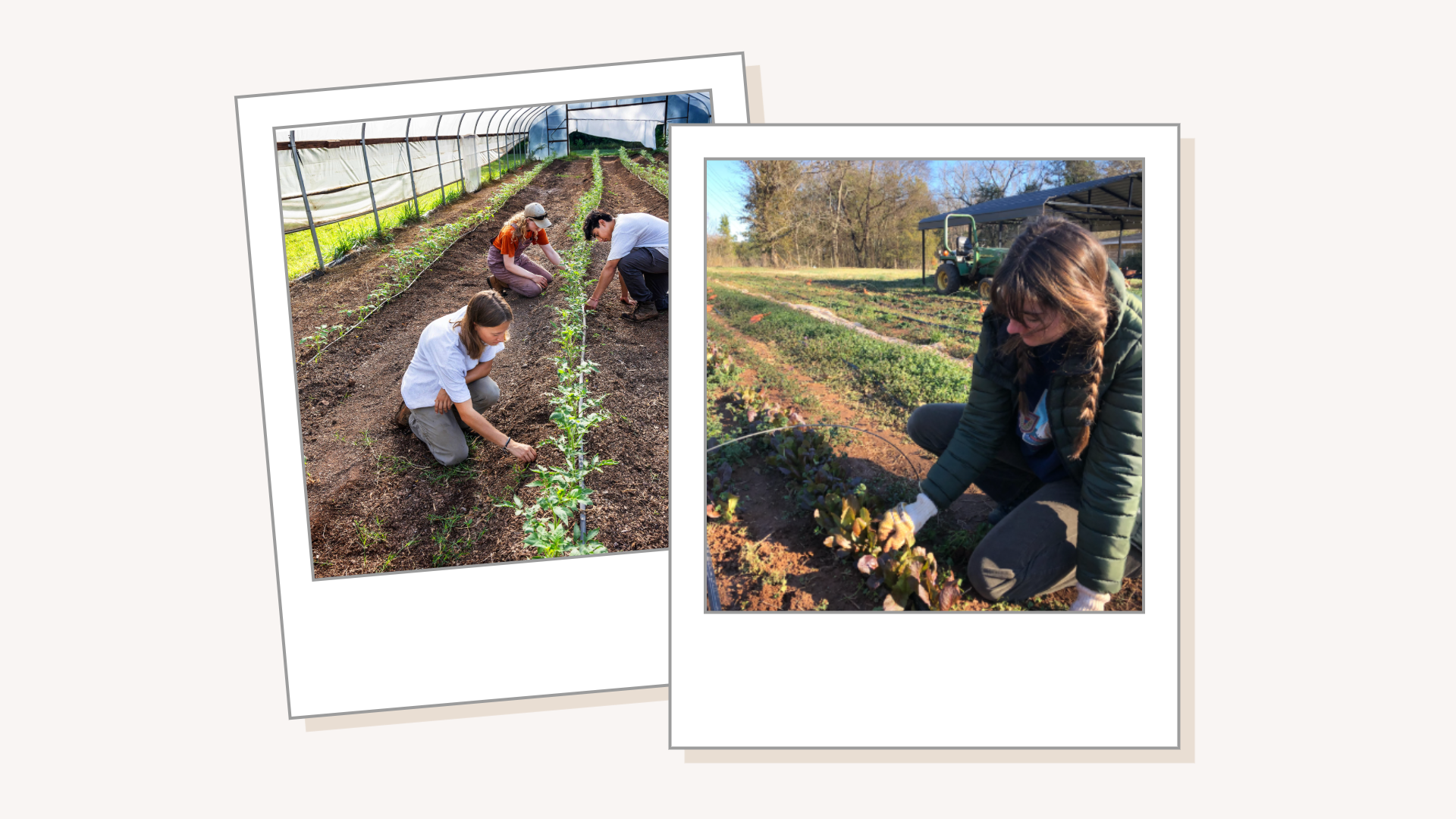How Higher Ed Responds to a Pandemic: Davidson Research Informs American Colleges, Universities
October 22, 2020
- Author
- Jay Pfeifer
In the aftermath of Davidson College’s abrupt shift to online-only instruction last spring, a professor and team of student researchers embarked on a project that now is informing the rapidly changing plans colleges and universities are making for a fall semester unlike any other.
Their work, viewed by thousands of institutions and the businesses that hope to partner with higher ed to navigate the new environment, offers insight into decision-making from schools in North Carolina to California.
In March 2020, when Prof. Chris Marsicano convened a Zoom call with three student researchers, he wasn’t thinking about what might lie ahead. Instead, he considered how he might channel his skills to help during a global crisis.
The students had all been working on individual projects, but with COVID-19 upending higher ed, they agreed to join forces.
“We got together and asked, ‘How can we maintain our work of making the world a better place?’ Marsicano said. “And we said, ‘Let’s look at this. The world needs more info on how colleges responded to the pandemic.’”
Their goal: To try to understand exactly what was happening at 1,492 non-profit four-year institutions.
What that meant: Hours on the web. The team of three had to check every school’s website and social media accounts for up-to-date coronavirus messaging. And because each institution’s website is different, there was no easily repeatable process.
“We originally thought we could get it done in five days,” said Katie Felten, a 2020 graduate of Davidson. “Three weeks later, we finally finished.
“I thought it would be something I could do with Netflix on in the background,” she said. “But by the end, I would turn everything off and just focus for hours.”
After collecting tens of thousands of data points, Marsicano, an educational studies visiting assistant professor, and his team quickly pivoted to analyzing their findings.
“Four weeks after our first call, we had a working paper,” he said.
That paper, “Tracking Campus Response to the COVID-19 Pandemic”—co-authored by Marsicano and the three research assistants, Felten, Maddie Buitendorp ’22 and Luis Toledo ’20—was posted on the preprint section of the American Political Science Association website and quickly became the most-viewed preprint paper in the history of the site.
The attention not only validated their work, it launched them on a new trajectory. They had hit on something: A huge appetite for information about the disruption caused by the coronavirus.

Born out of the COVID-19 global pandemic, The College Crisis Initiative (C2i) is an initiative of Davidson College to learn how colleges and universities innovate in a crisis mindset.
New Partnerships
The paper caught the eye of John Barnshaw, vice president of research and data science for Ad Astra, a company that helps colleges build course schedules.
“Marsicano’s team did a masterful job of demonstrating how flexible and resilient higher education can be in fulfilling its mission to students and their communities,” he said.
“I was so impressed with the paper that I reached out to Chris and over the course of the call, we realized we had so much in common interests that a partnership seemed like the next logical step.”
Ad Astra and Marsicano’s team partnered on a survey that will go out to hundreds of registrars, expanding their reach and adding a crucial data set to their work.
“Ad Astra assisted more than 500 institutions of higher education transition to online-only,” Barnshaw said. “During the process of responding, we did not have much chance to take a breath and think systematically about this work and how we might better align with the broader needs of higher education. It is great to be a part of a team that helps align our work with the ongoing needs of all institutions of higher education.”
At the same time, Marsicano’s team made a fortuitous connection with Laurie Heyer, Kimbrough Professor of Mathematics. Heyer leads Project PRONTO++ (PRoductive ONline TOols), a group of student data scientists and programmers who use their skills to solve real-world problems.
And they knew right away that they could turbocharge Marsicano’s team.
As Felten put it, “They looked at us as if our heads had fallen off after we told them how we gathered the data.”
PRONTO developers built a web crawler that automatically checks thousands of school websites every day and alerts Marsicano’s team to changes.
While that PRONTO innovation streamlined data gathering, another team created a dashboard that made the thousands of data points instantly understandable and customizable. The dashboard is up and running now. (PRONTO team members would use their expertise to develop the college’s COVID-19 testing dashboard)
“The dashboard is absolutely essential to gleaning information and insight from the data,” Heyer said. “There would be much less excitement if people had to wade through this themselves, or there were just a few static graphs and charts.”
In all, eight PRONTO developers helped get this project off the ground. And they are still building new visualizations and custom dashboards for partner organizations.
With this combination of technology and timeliness, the ad hoc team of student researchers has quickly matured into something more permanent: The College Crisis Initiative or C2I.
Sharing Innovation
Marsicano—a 2010 Davidson grad and, not surprisingly, a true believer in the liberal arts—points to the Italian city of Ferrara as an inspiration for C2I. A walled city in northeastern Italy, Ferrara weathered the Black Plague by developing early models for contact tracing and thoughtful quarantine practices.
“Ferrara innovated,” Marsicano said. “And C2I can be like Ferrara by asking questions and sharing innovation among higher education institutions.”
The logo for C2I even pays homage to Ferrara, combining the city’s shield-shaped symbol with the colors of a stoplight.

C2I’s quick work has attracted partners and sponsors. The Educational Credit Management Corporation Foundation, an influential funder in higher ed, provided a $75,000 grant that allowed Marsicano to hire 10 additional student researchers, filling a critical need on the C2I team and—maybe more importantly—providing an opportunity for students as internships and job offers withered in the wake COVID-19.
Marsicano and the C2I researchers have also been quoted in major publications, including Bloomberg, EdDive and the Chronicle of Higher Education.
Though the C2I team is focused on the fall, capturing and sharing the vicissitudes of the pandemic in real time among higher ed institutions, there is an opportunity to expand its focus. After all, when the pandemic is finally a thing of the past, there will be new crises facing higher ed. And C2I can continue to help institutions meet challenges.
“Institutions of higher education are pretty conservative by nature,” Marsicano said. “That is, they’re hard to change unless there’s a reason.
“Well, now you’ve got a pandemic—the biggest reason in the world to change. But they don’t need to do it in a vacuum. We will stop focusing exclusively on COVID and more on crises in general.”
This story originally ran on July 20, 2020.


